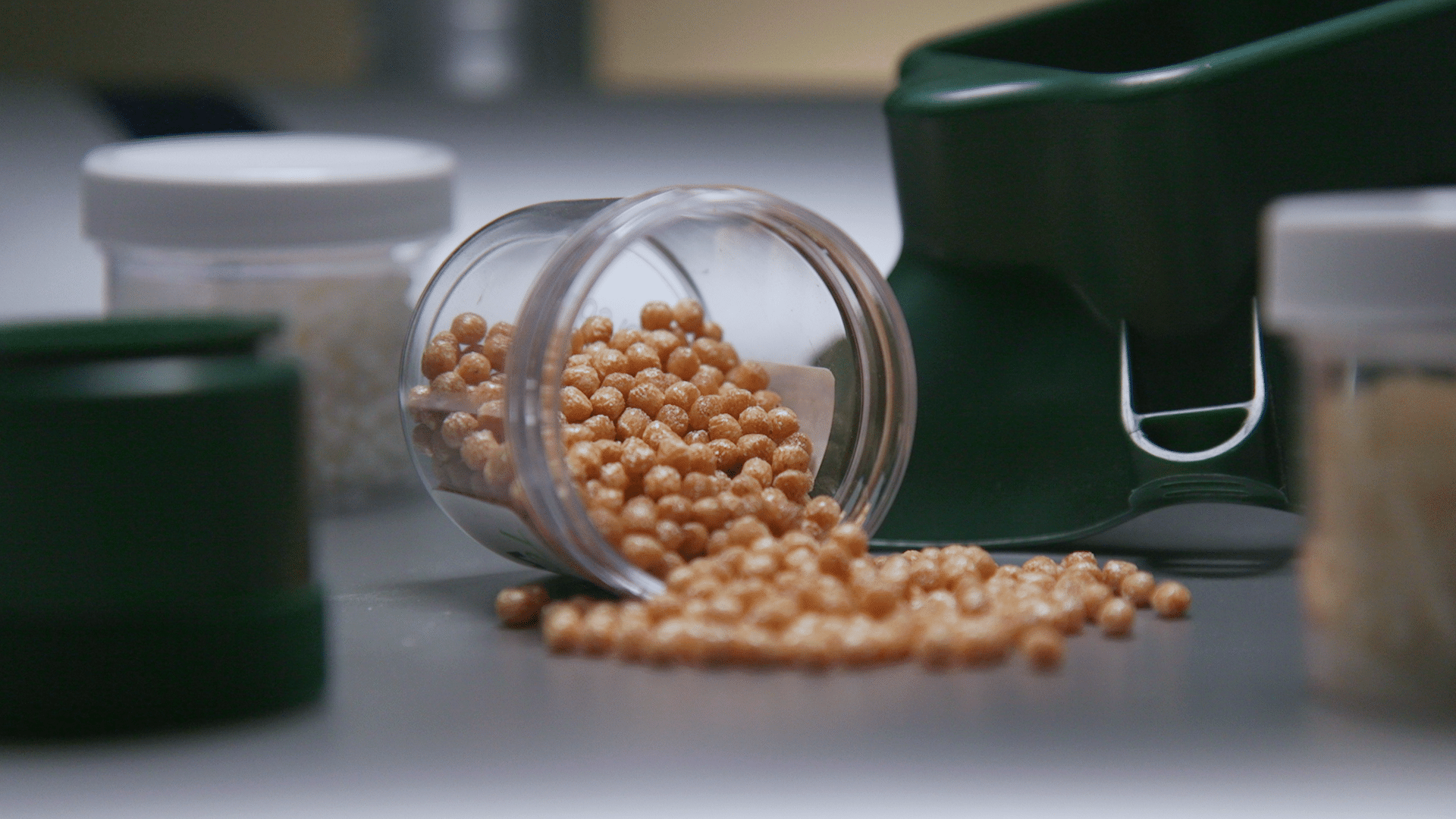The Balance Between Sustainable and Functional
In today’s market, sustainable manufacturing initiatives are essential to a company’s strategy for environmental stewardship and long-term success. Despite differing opinions on environmental policies, most organizations recognize the importance of responsible resource management. This often creates tension between maintaining product functionality and meeting sustainability goals. Plastics exemplify this challenge due to their versatility, cost-effectiveness, and adaptability. As global production of plastic resins continues to rise, driven by demand and limited alternatives, companies are increasingly exploring bioplastics as a solution to address sustainability concerns.
Traditional plastics are derived from fossil fuels, making them unsustainable over the long term. While warnings about dwindling fossil fuel supplies have circulated for decades, petroleum production continues to rise. Nevertheless, the finite nature of these resources highlights the urgency to explore renewable alternatives. Bioplastics, created from sustainable, renewable sources, offer a promising solution. Historically confined to niche applications, advancements in bioplastic technology have made these materials viable for mass production, including both single-use items and durable consumer products.
Overcoming Barriers to Bioplastic Adoption
Despite technological progress, companies face significant hurdles when adopting bioplastics. These challenges are reminiscent of those encountered during the early adoption of traditional thermoplastics in the early 20th century. Successfully integrating bioplastics into sustainable product development requires addressing issues in design, prototyping, resource allocation, and testing.
Consumer attitudes toward sustainability vary widely. Some consumers are passionate advocates for products made from biodegradable and renewable materials, while others are indifferent. Companies must navigate these diverging preferences when allocating resources for product development. Balancing the choice between incorporating bioplastic components and introducing features that appeal to a broader market presents a strategic challenge.
Designing with bioplastics involves unique challenges compared to traditional plastics. Engineers must consider factors such as structural integrity, wall thickness, surface texture, and mechanical details. Many bioplastics do not serve as direct replacements for petroleum-based materials, necessitating specialized design expertise that may be lacking among traditional plastics engineers.
Prototyping plastic components can be costly. While 3D printing is effective for form and fit testing, functional testing often requires parts molded from the specified bioplastic resin. Creating prototype molds for bioplastics poses challenges due to the limited experience many toolmakers have with these materials. Additionally, finding injection molders willing to process bioplastics—especially for short runs—is often difficult due to concerns over equipment compatibility and performance variability.
Bioplastics face additional hurdles due to limited historical performance data. Traditional thermoplastics benefit from decades of application knowledge, while bioplastics must prove their durability and functionality in real-world conditions. Conducting alpha, beta, and field testing with bioplastic components demands significant resource investment for assembling, distributing, and monitoring test units.
Outsourcing these activities can alleviate internal resource strain, but finding partners experienced with bioplastics remains challenging. Post-test evaluations often inform broader market strategies, including whether to proceed with full-scale production or refine the product offering.
Strategies for Market Introduction
Pilot Production programs offer a pragmatic approach for testing market viability and acceptance of bioplastic components. These minimally viable products (MVPs) mimic existing product lines with bioplastic substitutions, allowing companies to gather comparative data on market adoption. Such controlled releases reduce the risk associated with a full-scale product launch, providing invaluable insights without extensive infrastructure investment.
To ensure the successful adoption of bioplastics, companies must integrate these materials into product designs from the earliest development stages. This forward-thinking approach enables product realization teams to innovate beyond traditional plastics and align more closely with sustainability goals. While challenges persist, the long-term benefits of reducing reliance on petroleum-based materials make the effort essential.
As the market for bioplastics continues to evolve, early adopters who invest in overcoming these challenges will lead the charge in creating a more sustainable future—paving the way for responsible innovation and growth.
